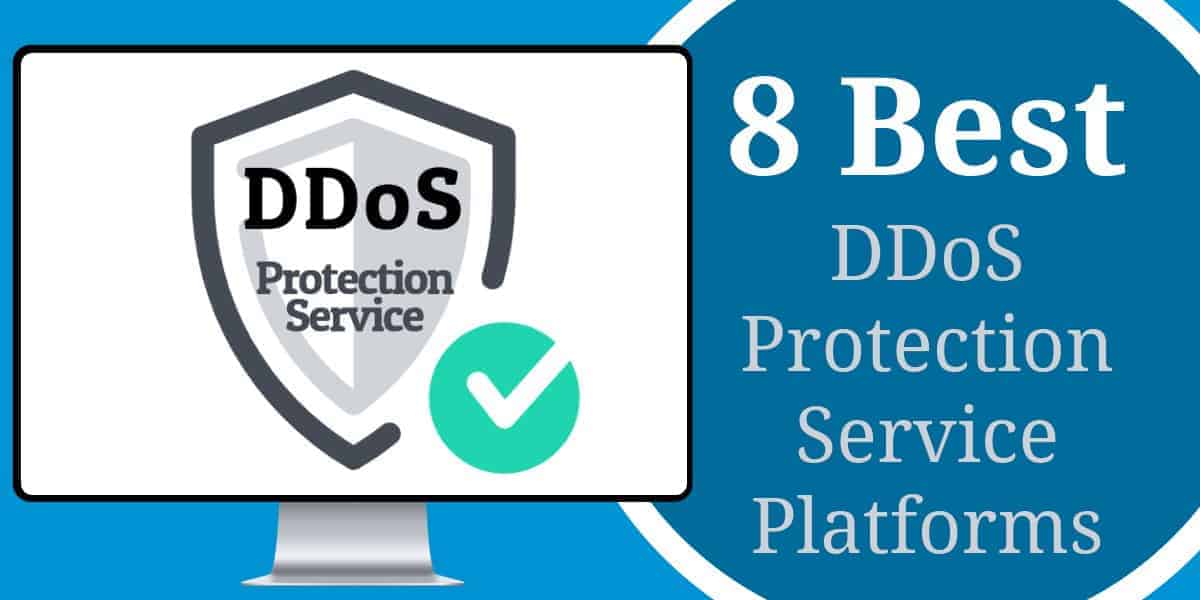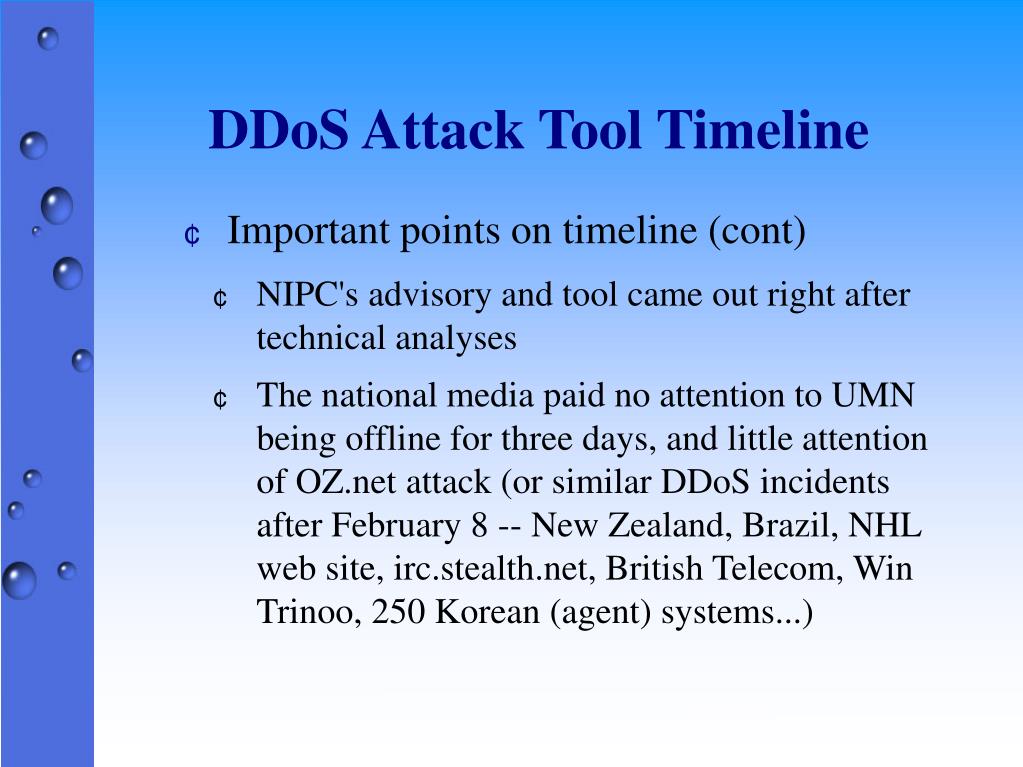
In the last few months, Radware’s Emergency Response Team (ERT) has faced a number of attacks where criminals have used sophisticated attack methods to get to the real honey pot - financial information. But in actual fact the problem is more far reaching in that when unexpected shutdowns occur, no other data or commands can be sent in or out to the victim’s data centre, allowing the hacktivists to access far more than money. On the surface it’s easy to think the DoS attack is designed to take down the victim’s network and start a wave of transactions. In most cases financially motivated cybercrime is all about manipulating data, for example transferring money from one bank account to another, or getting information and trading it - like trade secrets. In addition to newsworthy geopolitical DDoS attacks that are still dominant (such as the recent cyber war between the Ukraine and Russia, and Operation Ababil of Islamic groups against US banks in 2013), and we have also witnessed criminals using DoS as a method of operation. Over the past year we have seen a change in the motivation behind the attacks. Starting in 2010, when the hacktivist group Anonymous had made DDoS its official protest tool, DDoS attacks have become one of the most common cyber attacks used, to the extent that almost every geopolitical dispute in the world sees different groups fighting each other using this cyber weapon. Joining Cowan on the board of directors is Equinix, Digg, and Revision3 co-founder Jay Adelson.The “National Strategic Assessment of Serious and Organised Crime 2014”, published in May by the UK National Crime Agency, listed DDoS as a major concern for business critical systems for the first time. It has raised a total of $9.5 million led by Bessemer partner and Verisign co-founder David Cowan.
#Stealthiest ddos attack tool software#
At the helm is CEO Risley, a veteran of highly-scalable Secure Data Management software companies.ĭ was incubated in the office of Bessemer Venture Partners, which led an investment in the startup. That includes Prolexic veterans Joe Daly and and Dan Murphy, who are ’s VP of Network Operations and Director of Systems Architecture, respectively. Most of those employees were engineers and DDoS mitigation experts who have been assembled from companies like Prolexic, Verisign, BitGravity, Juniper, Box.net and Apple’s security team. The company is coming out of stealth today, with a team of 15.

That could help banks and utilities and telecoms and Internet companies and the like. In that way, it could provide an alternative option to existing DDoS mitigation offerings from companies like Prolexis (still around) and Verisign.


That’s what hopes to be.ĭ CEO Chris Risley says that companies like banks and other organizations faced with DDoS attacks suffers from a concentration risk due to there being just a few companies out there. And so, it calls for a new type of network defense company.

But the biggest difference is that DDoS attacks today are no longer just the work of extortionists looking to make a quick buck, but so-called hacktivists, some of which might be government-sponsored, looking to cause real damage to online organizations.


 0 kommentar(er)
0 kommentar(er)
